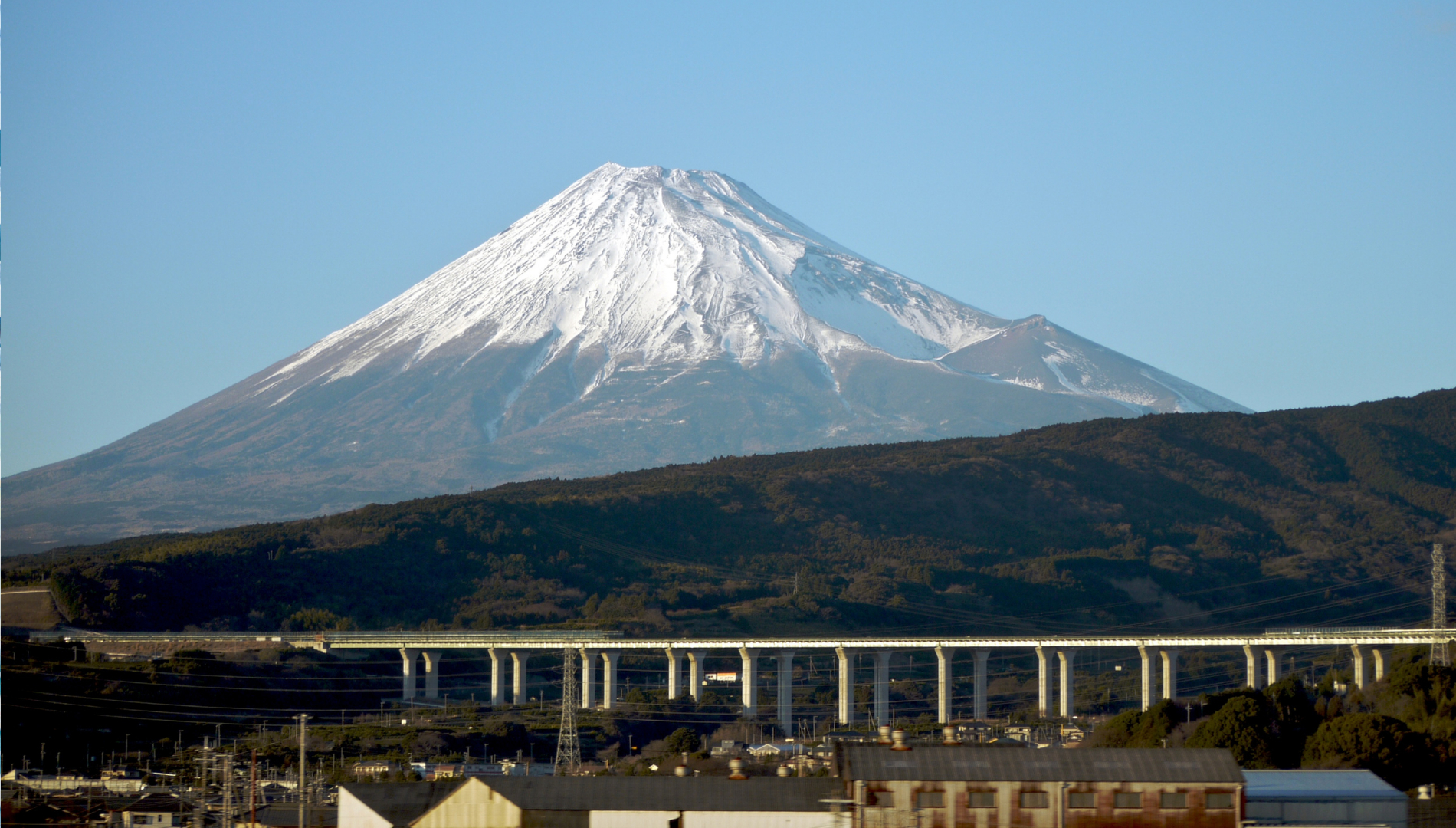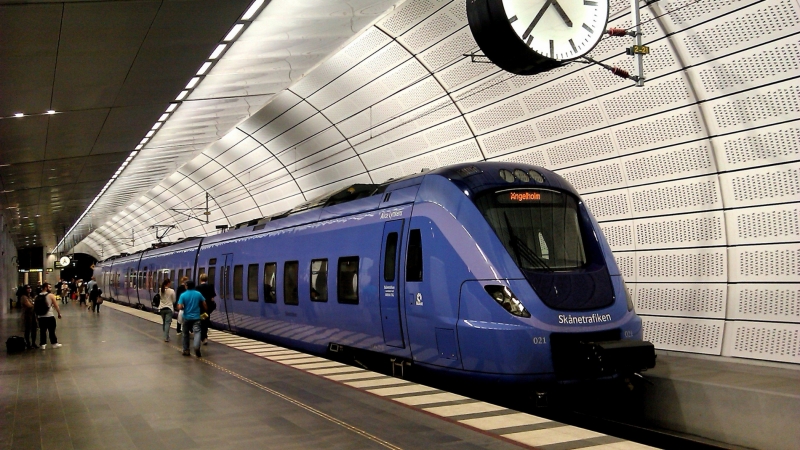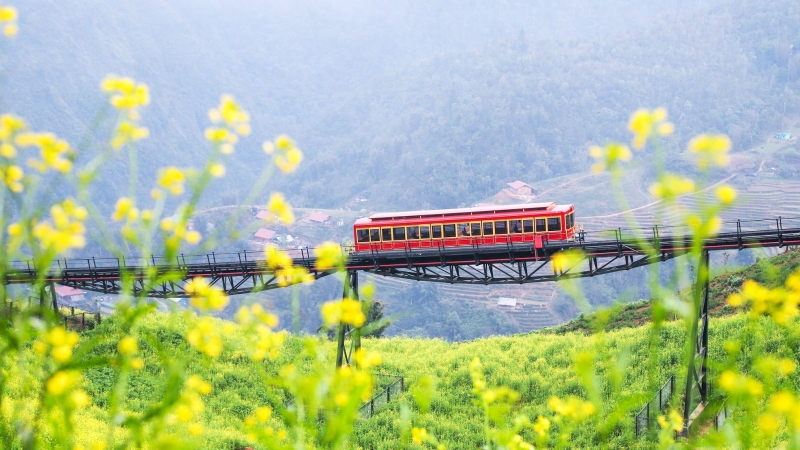60 years ago, on October 1, 1964, Japan ushered in the era of high-speed trains with the first Shinkansen train on the Tokyo-Osaka route. The sleek blue-and-white train, gliding through urban and rural Japan, marked a huge leap forward in technology, communication and transportation.
The cradle of change in the world's high-speed railway industry
The safety of Shinkansen bullet train travel is a symbol of Japan's efficiency in disaster prevention, and the country has inspired the development of high-speed trains around the world.

The appearance of the Shinkansen train in Japan has contributed to promoting many countries to build high-speed railway lines.
This is an extremely safe high-speed train, since it was put into use 60 years ago (in 1964), Shinkansen has run for nearly 19,000 days without recording a single fatal passenger accident. This excellent record is attributed to the close attention, regular quality checks on technical development and the high safety awareness of all employees, from drivers to technicians responsible for maintaining the trains and tracks.
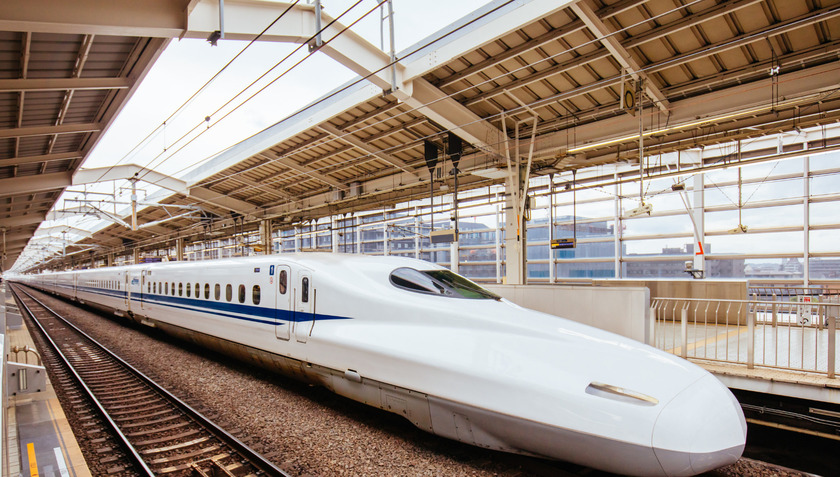
The Shinkansen train is not only a means of transportation but also a distinctive symbol clearly demonstrating the advancement and class in the field of Japanese railway transportation.
The Shinkansen's earthquake warning system always works well and stops the train quickly without causing any harm to the vehicle or passengers. It must be said that the people of the land of the rising sun never rest on their laurels and they are always looking for ways to improve, proud that there has never been a fatal accident on the Shinkansen. The staff always try their best to ensure that this exemplary result will continue to be maintained.
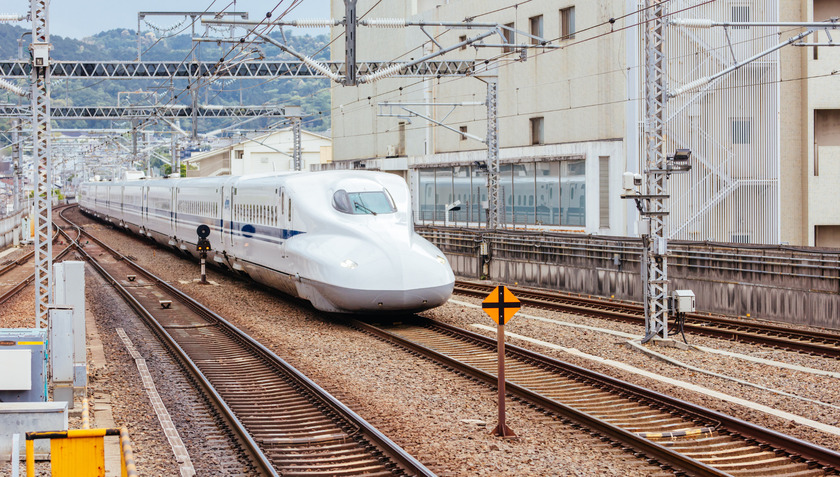
The train impresses international tourists with its punctuality and fast movement, helping them travel to many places across Japan in the shortest amount of time.
The Shinkansen is also world-famous for its punctuality. Statistics show that with over 200,000 Shinkansen trains running on the Tokaido line each year, the Shinkansen passenger arrival rate is 96.1% without a single second of delay.
Behind the iconic success of the Shinkansen is a system that operates with professionalism and seriousness. Shinkansen maintenance workers in uniform are busy cleaning and maintaining the high-speed Shinkansen. Keeping the symbol of Japan's railway clean, punctual and safe has long been a serious business. A meticulous maintenance schedule means the trains always shine, both inside and out.

Behind the success is the wholehearted effort of the staff.
For more than half a century, the "made in Japan" technology, the origin of the bullet trains with their sophisticated lines, has continued to improve, as the maximum speed has increased from 210 to 320km/h and the number of passengers carried is now one million people per day.

The train can reach speeds of up to 320km/h and has a network throughout Japan.
The pendulum system allows the train to tilt along curves at high speeds to compensate for centrifugal force. The train's superior grip helps minimize vibrations, ensuring a peaceful, smooth journey for those inside.
Ahead of human development
Japan remains a world leader in rail technology, with major corporations such as Hitachi and Toshiba exporting billions of dollars worth of trains and equipment to all over the world every year.
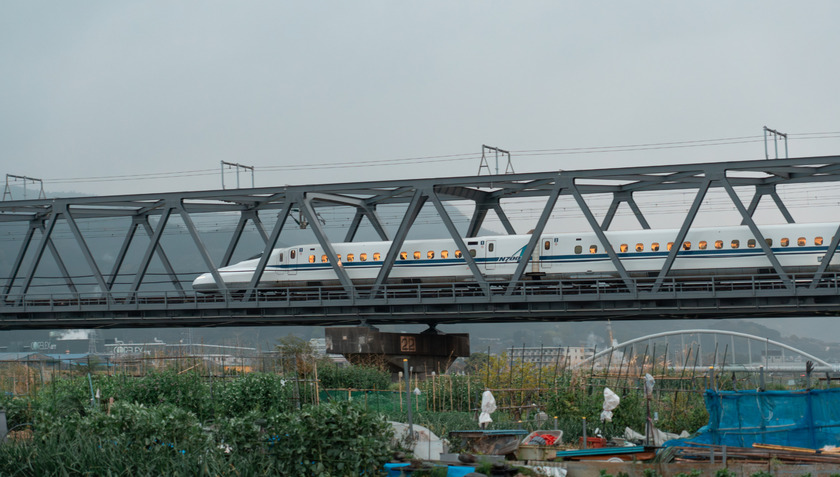
In particular, the train has not had any accidents while in operation, even though Japan often experiences earthquakes.
Japan's challenging terrain and widely varying climate, from frigid winters in the north to humid tropical conditions further south, is not to be overlooked, as is its seismic activity. Japan is one of the most geologically unstable places on the planet, prone to earthquakes and tsunamis, and home to around 10% of the world's volcanoes.
The birth of the Shinkansen train was not only a breakthrough in the transportation industry but also a revolution in the lifestyle of the Japanese people. Traveling between major cities became faster and more convenient than ever, contributing to promoting regional economic development and enhancing cultural exchange.

Although there have been no accidents while traveling by Shinkansen since its inception, safety regulations are still strictly enforced.
Seeing the success of the Shinkansen, many countries have decided to invest in their own high-speed rail systems. France, with its TGV line connecting Paris and Lyon, is one of the leading countries in this field. However, each country has its own characteristics. If the Shinkansen is famous for its reliability and efficiency, the TGV is known for its luxurious design and high-class service. Meanwhile, in Spain, the AVE high-speed rail network has connected most major cities, contributing to making this country one of the important transport hubs in Europe.
In addition to the Shinkansen high-speed train system, Japan is planning to introduce driverless high-speed trains in the future and promoting a high-speed train line that runs on maglev to accelerate trains. This is to meet growing demand and maintain stable operation in case of maintenance or major earthquakes.





